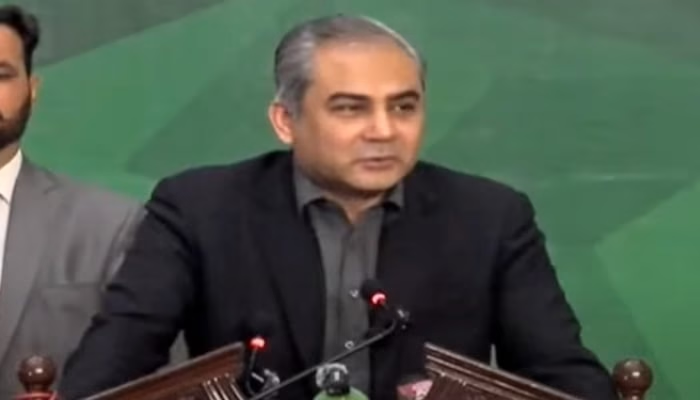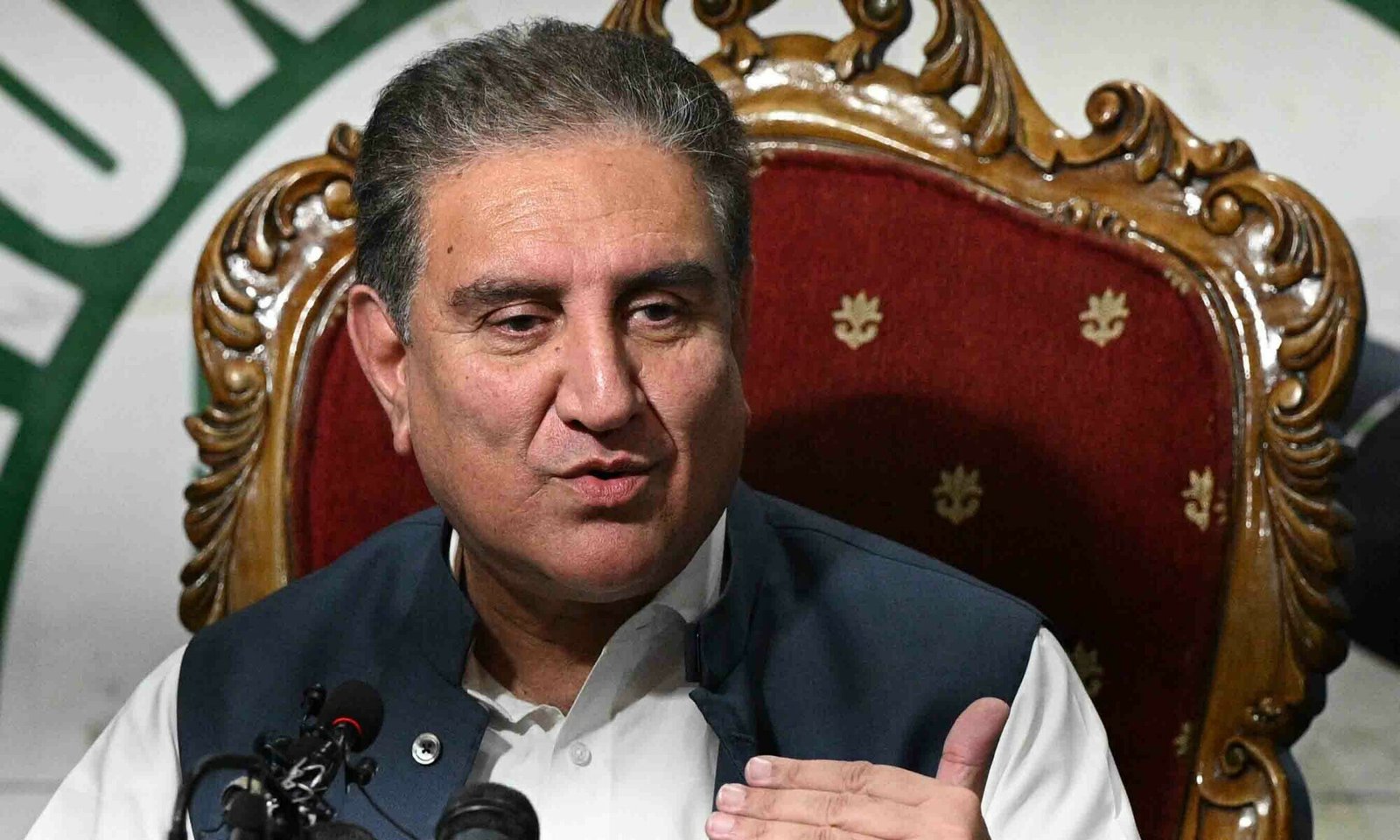Interior Minister Mohsin Naqvi has disclosed that Pakistan downed six Indian aircraft during the recent military confrontation between the two nuclear-armed neighbors. Speaking at a seminar in Lahore, Naqvi revealed that Pakistan not only had advance intelligence on India’s plans but also video evidence of the destroyed fighter jets. His statement sheds new light on the brief yet intense conflict of May 2025, which culminated in a US-brokered ceasefire.
Advance Knowledge of Indian Moves
Naqvi highlighted the critical role played by Pakistan’s intelligence agencies, calling them “silent warriors” whose efforts ensured the country’s preparedness. According to him, whether it was India’s war planning or aircraft taking off, Pakistani intelligence had access to every move.
“Within minutes, we had field evidence videos of six Indian aircraft that had been downed,” Naqvi told participants, emphasizing that the decision not to announce the numbers immediately was made to avoid exaggeration without proof.
The revelation underscores the importance of intelligence in modern warfare, particularly in conflicts where both conventional and hybrid tactics are deployed.
Operation Bunyan-um-Marsoos and the Aerial Battle
The confrontation, officially termed Operation Bunyan-um-Marsoos by Pakistan, began in early May 2025 following an attack on tourists in Indian Illegally Occupied Jammu and Kashmir (IIOJK). India blamed Pakistan for the assault, triggering a chain of military escalations.
Pakistan’s retaliation included precision strikes on Indian military installations and an aerial campaign that led to the destruction of six Indian fighter jets, including three Rafales, along with dozens of drones.
The claim that Pakistan downed six Indian aircraft became one of the most talked-about outcomes of the war, given India’s heavy reliance on its advanced air fleet. According to defense analysts, the loss of multiple Rafales in particular was a major setback for New Delhi’s air power prestige.
Divine Help and Strategic Resilience
In his remarks, Naqvi described what he called “divine help” in Pakistan’s favor. He recalled that India launched seven missiles at one of Pakistan’s major bases, but none hit their target. By contrast, Pakistani strikes reportedly destroyed India’s largest oil storage depot, causing significant material losses.
He also recounted that Indian forces attempted to hit bases such as Nur Khan, but most strikes failed. “Except for one base where our soldiers embraced martyrdom, no major loss occurred,” Naqvi said, attributing the outcome to a combination of strategy, skill, and divine intervention.
Unified Command vs. Indian Divisions
Naqvi praised Pakistan’s military leadership under Field Marshal Syed Asim Munir, highlighting the success of a unified strategy involving the army, air force, and navy. This joint command approach, he said, was historic for Pakistan.
By contrast, Indian military chiefs reportedly lacked coordination, meeting Prime Minister Narendra Modi separately rather than forming a single war council. “The world saw the result of that disunity,” Naqvi noted.
The metaphor shared with a Saudi delegation during the conflict — comparing India to a shiny Mercedes and Pakistan to a stone-loaded dumper truck — symbolized Pakistan’s ability to inflict disproportionate damage despite India’s larger economy and arsenal.
Political and Diplomatic Dimensions
The interior minister also praised Pakistan’s political leadership for maintaining unity in the face of external pressure. Both the prime minister and opposition figures like Maulana Fazlur Rehman stood firmly with the armed forces.
On the diplomatic front, India sought US support but failed to win over Washington. Instead, Pakistan’s People’s Party leadership was credited with effective lobbying. Ultimately, the ceasefire was announced on May 10, 2025, after intense talks. US President Donald Trump claimed credit for brokering the truce, although India disputed his role.
India’s War Strategy and Regional Fallout
Naqvi was blunt in pointing to India’s National Security Adviser Ajit Doval and Home Minister Amit Shah as the architects of New Delhi’s war strategy, accusing them of destabilizing the region. He further alleged that India continued to sponsor terrorism in Balochistan while attempting to label the Kashmiri freedom struggle as terrorism.
The claim that Pakistan downed six Indian aircraft not only reflects military prowess but also demonstrates Islamabad’s ability to counter Indian narratives on the global stage.
Ceasefire and Future Implications
The 87-hour war ended with heavy losses on both sides but no decisive victor. However, Pakistan’s ability to down advanced aircraft, maintain territorial defense, and expose Indian vulnerabilities marked a significant strategic achievement.
Going forward, both nations face the challenge of managing tensions while avoiding escalation. For Pakistan, the war highlighted the importance of intelligence, unified military strategy, and political cohesion. For India, the loss of aircraft and exposure of internal divisions may fuel debates about military readiness and leadership.
The disclosure that Pakistan downed six Indian aircraft during the May 2025 conflict has renewed discussions about the balance of power in South Asia. Naqvi’s revelations not only emphasize the bravery of Pakistan’s armed forces but also underline the role of intelligence, diplomacy, and national unity in securing victories.
As Pakistan and India remain locked in a cycle of confrontation, the lessons of Operation Bunyan-um-Marsoos will shape their future strategies — and perhaps determine whether the region moves toward greater stability or deeper conflict.



